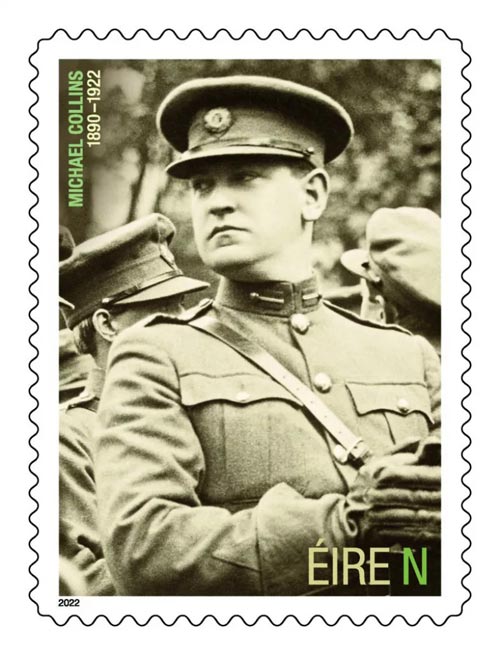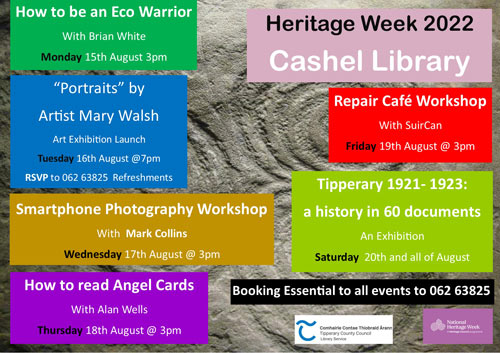Humpty Dumpty
“Humpty Dumpty sat on a wall,
Humpty Dumpty had a great fall.
All the King’s horses, and all the King’s men
Couldn’t put Humpty together again!“
The nursery rhyme ‘Humpty Dumpty’, sung hereunder, is possibly one the best known versifications, memorised early on during the lives of our children.
So who or what was this ‘Humpty Dumpty’?
Humpty Dumpty was in fact believed to be a large cannon gun, used during the English Civil Wars or ‘Great Rebellion’ (1642 – 1651), between supporters of the monarchy of Charles I and his son and successor, Charles II, who waged war against opposing factions in each of the aforementioned monarch’s kingdoms, including Parliamentarians in England, Covenanters in Scotland, and Confederates here in Ireland.
Note: Two days previously, Prince Charles of Wales was proclaimed King Charles III of England at a ceremony at St. James’s Palace; latter a residence of Kings and Queens of England for over 300 years, until the reign of Queen Victoria, and up to yesterday, at least, provided the official London residence of Charles, former Prince of Wales and his wife, the former Duchess of Cornwall, Camilla Rosemary Shand, now Queen Consort.
The fighting during these English Civil Wars made up, in total, three wars, with the first happening between 1642 and 1646; the second during 1648, and the third between 1650 and 1651.
During the 11 week siege of Colchester (13 Jun 1648 – 27 Aug 1648), the Parliamentarians (Roundheads) forced the Royalist army (Cavaliers) to retreat behind the walls of Colchester town; latter situated in the county of Essex, in southeast England. Here, adjacent to this town’s outer wall, was the fortified Church of St. Mary.
A large cannon called ‘Humpty Dumpty’ was hauled up into the church tower, and a fat Royalist, called One-Eyed Jack Thompson, took charge; latter causing mayhem by firing at the Parliamentarian attackers outside the perimeter wall surrounding the town.
Meanwhile, a series of shots from Parliamentary cannon aimed at this tower, succeeded in destroying the area beneath ‘Humpty Dumpty’; causing the cannon to collapse to the ground. The Royalists, or Cavaliers, “all the King’s men” attempted to haul up ‘Humpty Dumpty’ to another section of the wall.
However, because ‘Humpty Dumpty’ was so heavy “All the King’s horses and all the King’s men couldn’t put Humpty together again”. This failure contributed to the fall of the strategically important town of Colchester to the Parliamentarian army.



Recent Comments